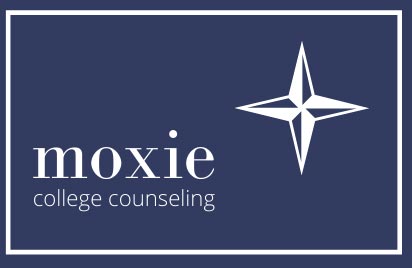College applications are submitted. Now what?
For many high school seniors, this can be a very stressful time of year. With some of the biggest college application deadlines being in November, many students are scrambling in order to meet deadlines for multiple schools. But once that submit button is hit, you can take a deep breath. You have completed the work that needs to be done—you’ve built a good list of colleges you’d like to attend, you’ve written great essays, and you’ve completed all the pieces required thus far for each application. But there are still things you need to consider while waiting for an admission decision to be released.
How long will I have to wait for a decision after applying to college?
The average turnaround time for an admissions decision for schools with rolling admissions is four to six weeks, with some decisions arriving in late October through mid-November. Students applying for Early Action or Early Decision typically need to have their applications in by November 1st or November 15th, and decisions usually come in December or January—making them fast to arrive, sometimes within a few weeks. For regular decision, the timeline is typically in January, with decisions not announced until March or April.
What should I do while I’m waiting on admission decisions?
- Register for Online Applicant Portals. Depending on the school, you could get an acknowledgement email anywhere from two to ten days after your application is submitted and downloaded. Most schools send information about how to access and register for their online applicant portal. Once you receive this information, you should create an account where you can check to see if your application is processing, and what may be pending. If the admissions office has any questions, or needs further information, they will normally post these things in the portal—so it’s good to check in often to make sure you’re not missing any important communication. Many schools post admission decisions in the portal as well.
- Complete Supplemental Application Requirements. While you may have completed and submitted your applications to various colleges, some of them might require additional information. Although most colleges have required supplemental short essays and questions in the application itself, there are some that have additional materials required that will appear in the portal once you have access to it. (For example, The University of Delaware has done this in recent years for students who have submitted applications under the test-optional policy.) Likewise, some schools want students to answer questions via a recorded video. This information may not be provided until after you’ve submitted your application (like at Bowdoin College), while others require that the video be submitted by the regular college application deadline. Finally, the Self-Reported Academic Record (SRAR) is required by some schools in the application process, and you may need access to your online portal in order to submit it. Again, the rule here is to check portals regularly for updated information and requirements.
- Engage with College Campuses. Preparation for college begins with choosing schools you like, which may or may not start with campus visits. If you haven’t already visited your school(s) of choice, it is never too late to do so. Meet with administrative personnel, students, financial aid officers when applying to college. Tour the campus—either on your own, or on as part of a scheduled appointment. (You can also do this virtually.) Attend sporting or other events held on campus. Get to know the city you will be living in and experience various campus communities you may want to be a part of.
- Submit Financial Aid Forms. Just as there are deadlines for college applications, there are specific deadlines for financial assistance requests. Two of the most common forms, the FAFSA and the CSS Profile, are used to make financial aid decisions for thousands of students each year. The FAFSA is a universal financial aid form that colleges require for students who are seeking federal student loans, grants, federal work-study programs, state and institutional scholarships. Some colleges also require the CSS Profile to award institutional aid to eligible students. Fortunately, both of these forms only have to be completed once before sending to all colleges on your list. (The CSS Profile only needs be completed prior to your freshman year, while the FAFSA does have to be updated every year you’re in college.)
- Maintain Good Grades. While you may be tempted to let down your guard after applying to college—and especially after acceptance—don’t be tempted to let “senioritis” take over. Your academic progress throughout your senior year will be sent to colleges, so you want to finish the year strong. This means paying attention to your grades, continuing to stay involved in extracurricular activities, and staying out of trouble (yes, colleges will consider this). Admissions can definitely be rescinded, so slacking off is not a wise decision.
Enjoy the Journey of Applying to College
While the college application process may seem daunting at times, try to enjoy the journey. The hardest part is done once you hit the send button. And though waiting may seem to be equally difficult, you can spend that time wisely be continuing to prepare yourself to become the best college student possible. Keep busy and keep your eye on the prize. All your hard work will pay off, and you’ll be starting your new adventure soon!
Contact Us for Help with Applying to College
For more information on the college admission process—from planning high school schedules, applying to college, choosing a list of colleges, applications, essays, resumes, and more—please contact us. Our staff of professional college counselors and specialists at Moxie College Counseling are happy to help.





